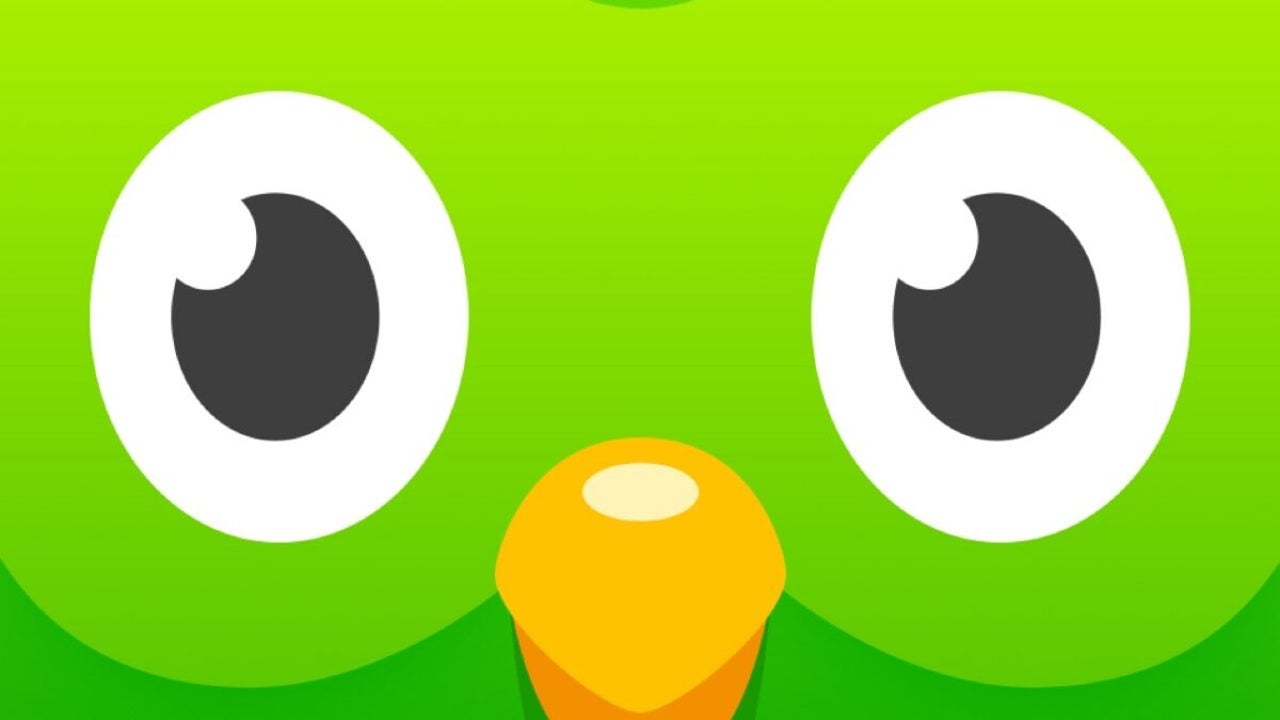Google competes with Duolingo? It seems so, through its AI
Google launches three new AI tools to teach languages through contextual, slang, and image-based learning, challenging Duolingo's dominance in the language learning market.

- April 30, 2025
- Updated: April 30, 2025 at 12:14 PM

Google is taking direct aim at language learning platforms like Duolingo with the launch of three experimental AI tools designed to personalize the way people learn languages. Available exclusively through Google’s AI Labs, these tools are part of the “Little Language Lessons” project, developed using its Gemini model, and showcase how AI can offer immersive and flexible language instruction.
Tiny Lesson: Vocabulary with meaning and context
The Tiny Lesson tool creates mini language units tailored to the user’s chosen theme, offering lists of relevant vocabulary, full sentence examples, audio pronunciations, and tense explanations. It’s a bite-sized yet context-rich approach to learning, allowing users to build linguistic skills around specific situations or topics that matter to them.
Slang Hang: Learn regional expressions with AI roleplay
Slang Hang is an AI-generated dialogue experience that introduces learners to colloquial and regional expressionsfrom different countries. Users can select a location and watch a conversation unfold between virtual characters, clicking on slang terms for full definitions. Although Google admits the tool may occasionally hallucinate or misinterpret expressions, the feature still provides a dynamic way to explore informal speech in various dialects.
Word Cam: Visual translation beyond text recognition
Inspired by Google Lens, Word Cam lets users photograph real-world scenes and returns translated terms for objects in the image, such as identifying fruits in a market. This not only enhances vocabulary retention but also strengthens contextual understanding by linking words to visual experiences, making the tool particularly useful for immersive learners.
These tools support multiple languages and regional variants, positioning Google as a serious contender in the educational AI space. Whether this will evolve into a full app or remain a lab experiment remains to be seen.
You may also like

BYD launches world’s largest car transport vessel, Shenzhen
Read more

Toyota Launches bZ7 and Lexus ES to Compete in China’s EV Market
Read more

2026 Genesis GV70 EV Launches with Up to $14,000 in Lease Discounts
Read more

WhatsApp copies Apple, but this time for a good reason
Read more

Perfection is the enemy of AI
Read more

How to make a résumé: tips, layout, information and tricks
Read more